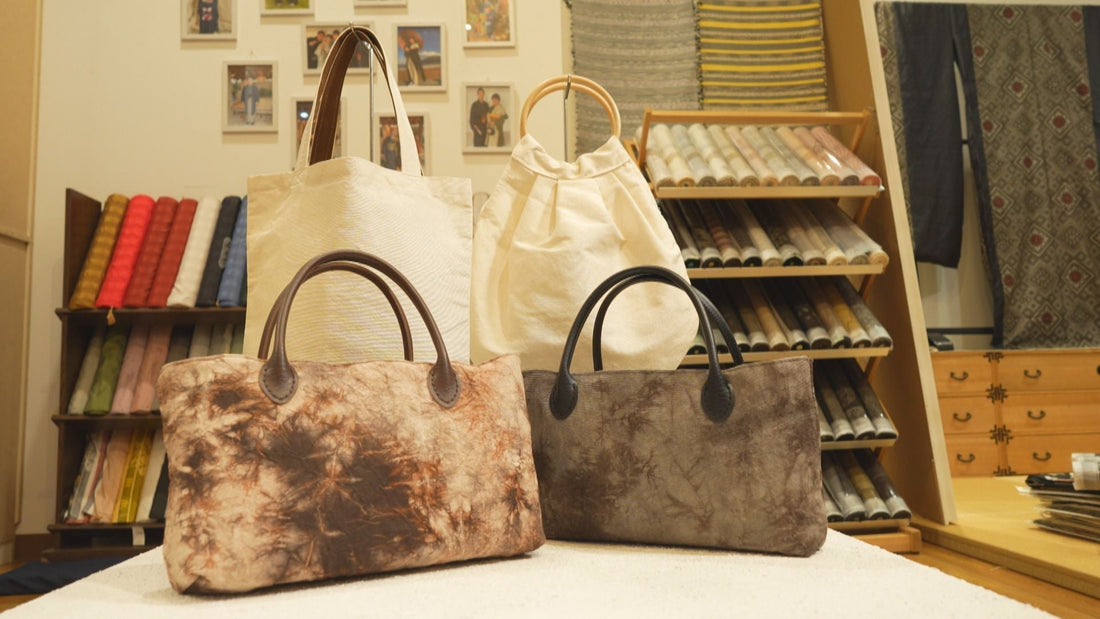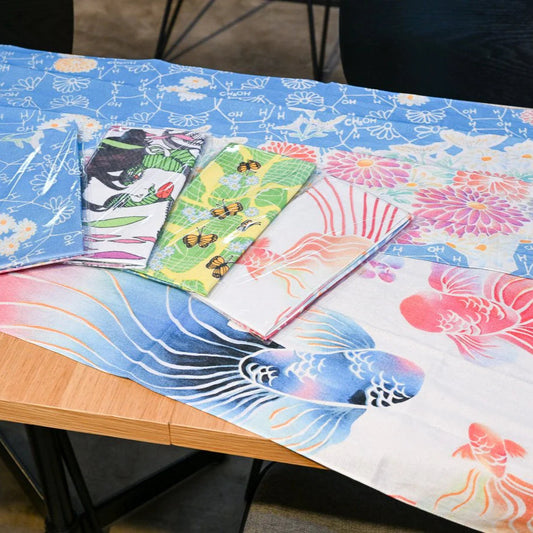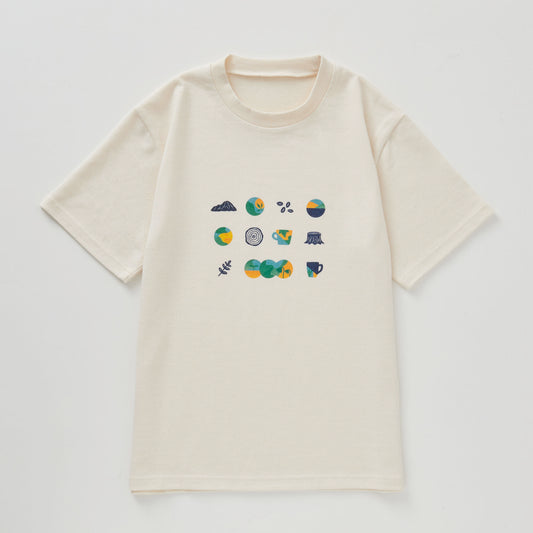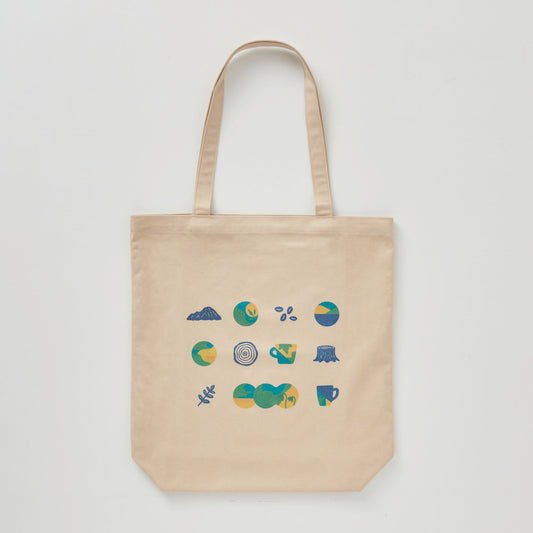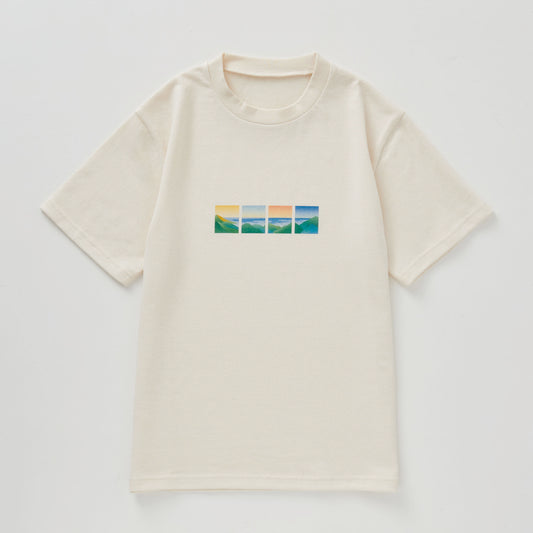Project video: https://youtu.be/2U8Ry-tGEYk
■ A collaboration that connects the traditional weaving techniques of Oshima Tsumugi and the global environment to the next generation
Oshima Tsumugi, a traditional craft fabric representing Amami Oshima in Kagoshima Prefecture , dates back to before 1800 and is said to be the fabric with the longest history and tradition in Japan.
There are more than 30 steps in the making of Oshima Tsumugi , starting with creating a design, and then combining the warp and weft threads as if they were a picture made up of a collection of small dots, taking nearly half a year to complete.
It features intricate ikat patterns that do not allow even the slightest misalignment of a single thread, and is light, warm, flexible, and does not become loose when worn, making it one of the world's three great textiles, along with Gobelin tapestries and Persian carpets.

Oshima Tsumugi reached its heyday around 1977-78 , but the market size is still shrinking due to the decline in popularity of kimonos.
Because each process requires a high level of skill, training successors is also an issue. In order to pass on the traditional techniques of Oshima Tsumugi to the next generation and the global environment, we have collaborated with " TSUMUGI ," a project promoted by the general incorporated association Upcycling , which produces paper thread from used paper resources and unused thinning materials .
The warp threads are Oshima Tsumugi silk threads, and the weft threads are made by twisting together silk threads and paper threads, resulting in a fabric that combines the luster of silk with the soft feel of paper threads . In addition, some of the silk threads are made from leftover threads from the Oshima Tsumugi manufacturing process.



<Weaving fabric using threads made by twisting silk and paper threads>
- Dyed using Amami Oshima's traditional mud dyeing technique
"Mud dyeing" is one of the processes in making authentic Amami Oshima Tsumugi. First, the fabric is dyed with a dye made from boiled Sharimbai (called Techi in Amami dialect) and lime water. After repeatedly dyeing it brown, it is rubbed in a muddy field.
The tannins in the techi trees combine with the iron in the mud of Amami Oshima to gradually dye the fabric a dark brown. We have adopted this dyeing technique, unique to the rich nature of Amami Oshima, for our products.



<Mud dyeing process (with cooperation from Higo Dyeing Co., Ltd.)>
■ Products for sale

















